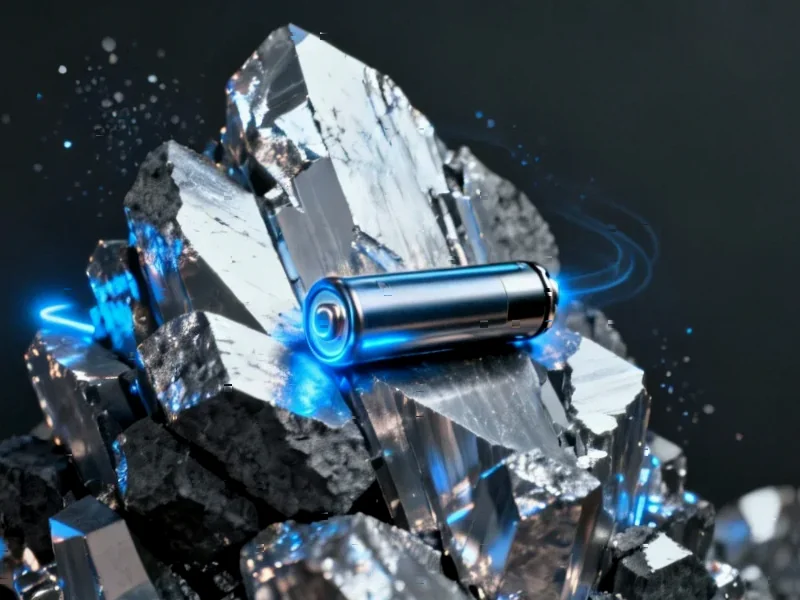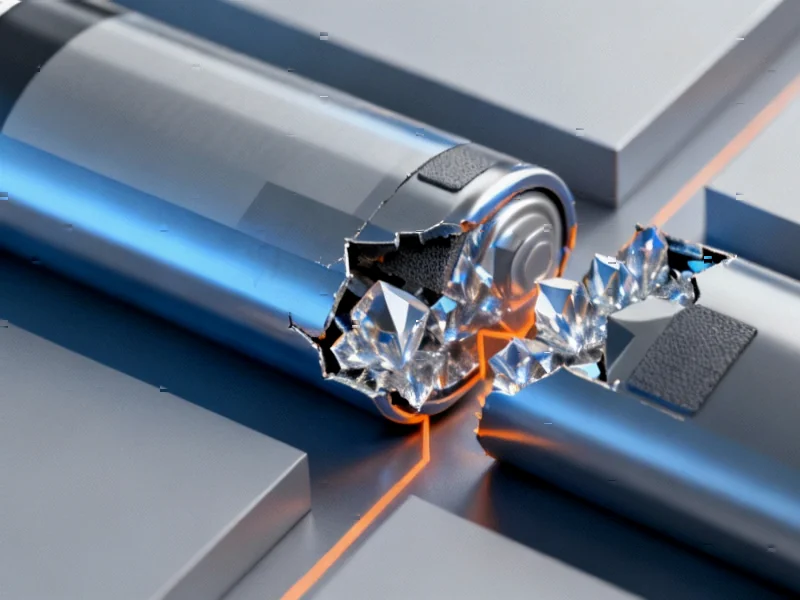Breakthrough in Battery Health Monitoring
Recent scientific research has demonstrated significant advances in predicting lithium-ion battery health using deep learning architectures, according to reports published in Scientific Reports. The study comprehensively evaluated four neural network models for state of health (SoH) estimation, a critical parameter for ensuring reliability in electric vehicles and energy storage systems. Sources indicate that the findings could have substantial implications for battery management systems and predictive maintenance platforms.
Table of Contents
Comparative Analysis of Deep Learning Approaches
The research team implemented and compared four distinct deep learning architectures—Multilayer Perceptron (MLP), Gated Recurrent Unit (GRU), Long Short-Term Memory (LSTM), and Temporal Convolutional Network (TCN)—using real aging data from NASA battery cells B0005, B0006, and B0007. According to the report, all models were trained in PyTorch using discharge data processed through numerical integration of discharge current and normalized against initial capacity. The evaluation employed standard metrics including Root Mean Square Error (RMSE), Mean Absolute Error (MAE), and Coefficient of Determination (R²) to ensure consistent comparison.
Analysts suggest the results revealed notable performance differences between architectures. The MLP model achieved exceptional accuracy on the B0005 dataset with RMSE of 0.0069, MAE of 0.0049, and R² of 0.9955. The TCN followed closely with comparable performance metrics, while GRU and LSTM required significantly longer training times without corresponding accuracy improvements. The stability of MLP and TCN predictions was confirmed across multiple battery cells, indicating robust generalization capabilities.
Practical Implications for Battery Management Systems
The research findings suggest that MLP demonstrates the optimal balance between accuracy and computational efficiency, making it particularly suitable for embedded battery management systems where resources are constrained. Sources indicate that TCN provides robust accuracy with moderate complexity, offering another viable option for practical applications. The report states that both models effectively captured nonlinear degradation behavior consistently across different cells, with residuals remaining tightly clustered and loss curves indicating smooth convergence during training.
This comparative analysis addresses a significant gap in battery health monitoring research by providing a unified benchmark using identical preprocessing and evaluation criteria. According to analysts, the study offers practical guidance for selecting appropriate deep learning models for real-world battery diagnostics, supporting integration into advanced BMS platforms and health-aware electric vehicle operation.
Context Within Broader Research Landscape
The research contributes to an expanding field where data-driven approaches are increasingly supplanting traditional physics-based and empirical methods for battery health estimation. Previous studies have explored various hybrid and advanced architectures, including combinations of TCN with GRU and wavelet neural networks, MLP optimizations for memory efficiency, and LSTM integrations with Kolmogorov-Arnold Networks. The current study provides direct comparison of fundamental architectures under standardized conditions, enabling clearer understanding of their relative strengths and limitations.
Industry experts suggest that accurate SoH estimation remains challenging due to the need to capture degradation patterns across diverse operational conditions and battery chemistries. The reported success of MLP and TCN in maintaining consistent performance across multiple battery cells indicates progress toward generalizable solutions that balance computational efficiency with predictive robustness.
Future Directions and Applications
The research team emphasized that their findings establish a foundation for selecting effective deep learning architectures for next-generation battery management systems. According to the report, the demonstrated accuracy and efficiency of MLP and TCN models support their deployment in real-time battery health diagnostics, potentially enhancing safety, longevity, and reliability across various applications including electric vehicles, grid storage, and consumer electronics.
Analysts suggest that future work will likely focus on further optimization for embedded systems, integration with physics-informed elements, and validation under broader operational scenarios. The consistent performance across multiple battery cells in this study indicates promising pathways toward practical implementation in commercial battery management systems.
Related Articles You May Find Interesting
- Modified Windows 11 Emerges as Preferred Alternative to Linux for Aging Hardware
- Advanced AI and 3D Imaging Unlock Secrets of Rock Fractures for Geological and E
- Wall Street Analysts Issue Major Stock Upgrades and Downgrades Across Tech, Fina
- Oracle Stock Faces Investor Scrutiny Amid AI Expansion Costs, Portfolio Alternat
- YouTube Deploys AI Guardians to Shield Creators from Digital Impersonation
References
- http://en.wikipedia.org/wiki/GRU_(Russian_Federation)
- http://en.wikipedia.org/wiki/Electric_battery
- http://en.wikipedia.org/wiki/Multilayer_perceptron
- http://en.wikipedia.org/wiki/Long_short-term_memory
- http://en.wikipedia.org/wiki/Mean_absolute_error
This article aggregates information from publicly available sources. All trademarks and copyrights belong to their respective owners.
Note: Featured image is for illustrative purposes only and does not represent any specific product, service, or entity mentioned in this article.



